Humanity has built skyscrapers, highways and bridges; however Mother Nature will reclaim our civilization in the end. As soon as one might think humanity has conquered the nature, it will come back with a vengeance; sometimes, stunningly beautiful pictures are produced as a result.
As long as plants have a source of water and the sun, they can grow from very unusual places. If you abandoned your house and came back many years later, you would likely find trees growing right out of your kitchen floor.
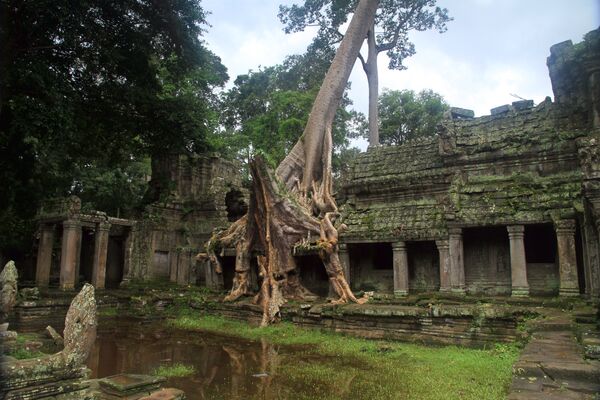
Humanity has built skyscrapers, highways and bridges; however Mother Nature will reclaim our civilization in the end. As soon as one might think humanity has conquered the nature, it will come back with a vengeance; sometimes, stunningly beautiful pictures are produced as a result.
Above: Nature slowly eats away at ancient civilization: trees are growing over an old temple in Siem Reap Province of Cambodia.
Above: Nature slowly eats away at ancient civilization: trees are growing over an old temple in Siem Reap Province of Cambodia.
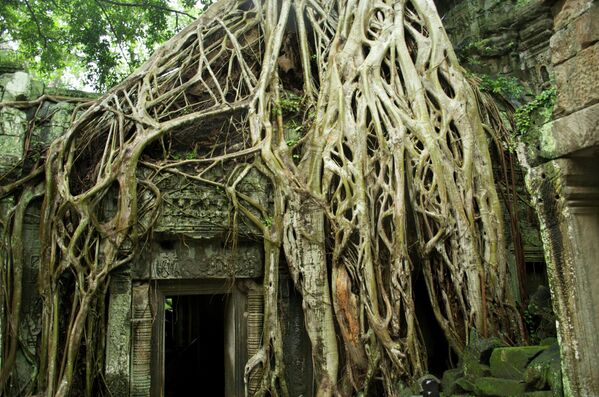
Octopus-like tree roots grow over a building’s entrance in the ancient Ta Prohm Temple, Siem Reap Cambodia.
Above: Angkor Wat Ta Prohm Temple doorway overgrown with tree roots.
Above: Angkor Wat Ta Prohm Temple doorway overgrown with tree roots.
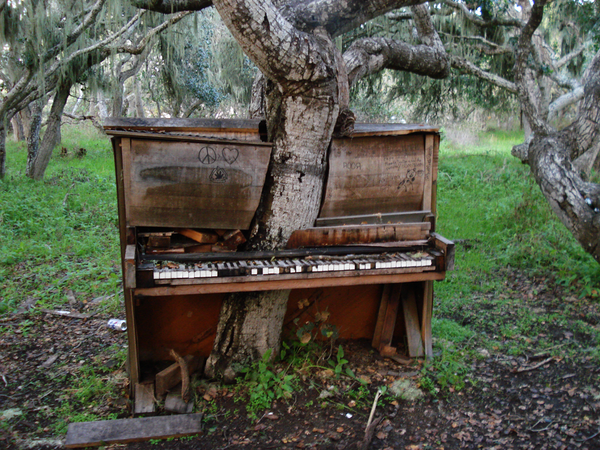
As long as plants have a source of water and the sun, they can grow from very unusual places. If you abandoned your house and came back many years later, you would likely find trees growing right out of your kitchen floor.
Above: A tree grew through an old piano in the forested area of Fort Ord, Monterey, California.
Above: A tree grew through an old piano in the forested area of Fort Ord, Monterey, California.
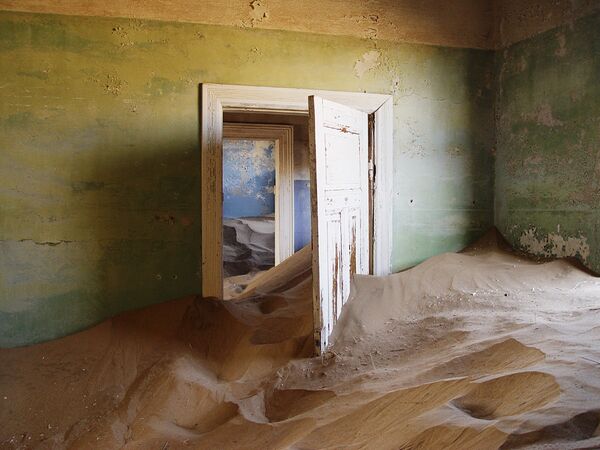
Kolmanskop, a ghost town in Namibia, was completely abandoned in the 1950s. Eventually, the wind and the dust of the desert conquered the old German city and now tourists can walk in houses covered knee-deep in sand.
Above: Kolmanskop ghost town, Namibia.
Above: Kolmanskop ghost town, Namibia.
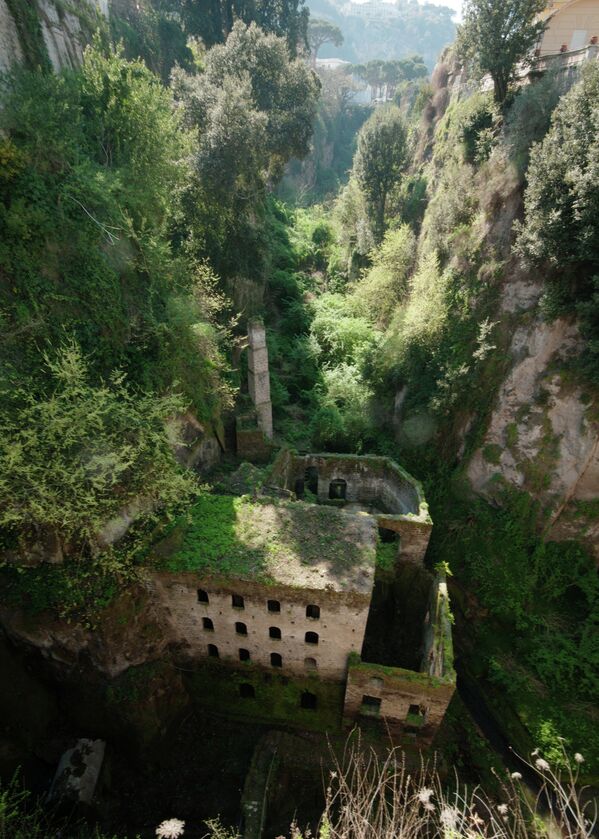
After the Valley of the Mills was abandoned, the humid environment created a micro-climate favorable to the growth of bacteria, known as “Phillitus Vulgaris”, creating a layer of green flora covering the abandoned buildings.
Above: Abandoned building at the Valley of the Mills.
Above: Abandoned building at the Valley of the Mills.
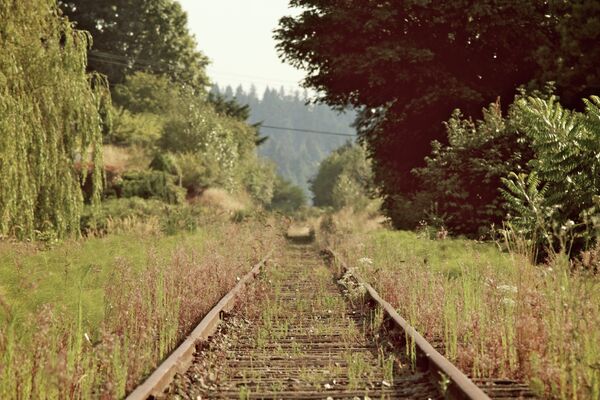
No trains have run through Bothell, Washington for many years now; making it one of the most serene non-railroad railroad town in the state. Thousands of miles of railroads have been abandoned in the United States, most of them over the last 40 years.
Above: Abandoned railroad near Seattle, Washington.
Above: Abandoned railroad near Seattle, Washington.
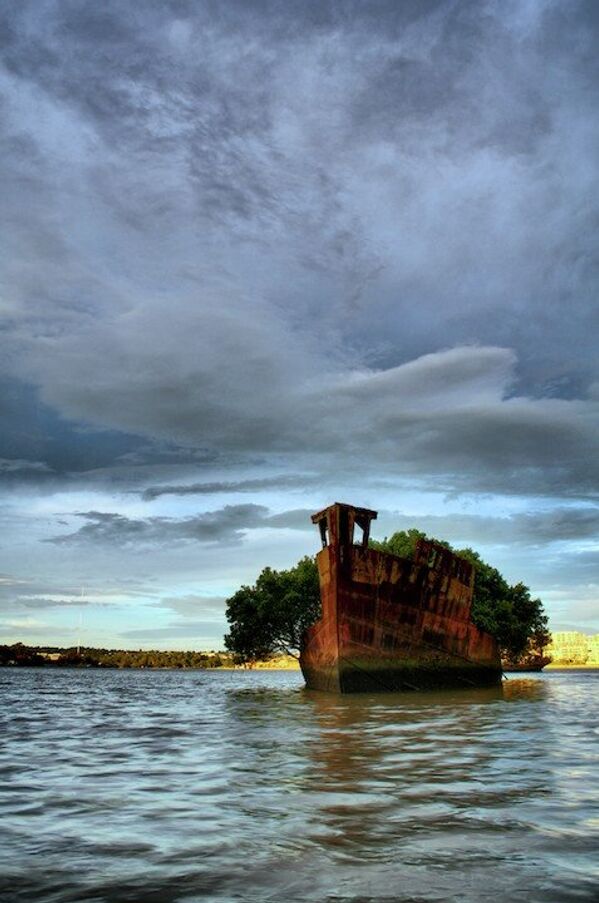
These are old shipwrecks with mangrove trees growing on their decks, floating around Homebush Bay, Sydney. In 1966, the Maritime Services Board approved this spot to be used as a shipwreck graveyard in Homebush Bay.
Above: a floating shipwreck with trees grown on its deck in Homebush Bay, Sydney.
Above: a floating shipwreck with trees grown on its deck in Homebush Bay, Sydney.
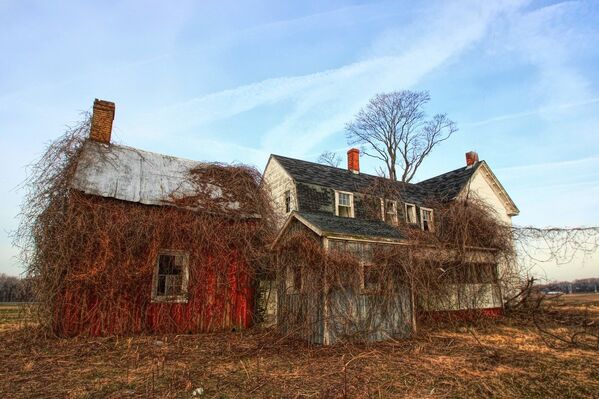
This abandoned milk barn covered with vine reminds us of the time when farming was predominantly a smaller, family-owned business, as opposed to the modern farming with its tractors and large automated milking facilities.
Above: An old milking barn covered with vine.
Above: An old milking barn covered with vine.
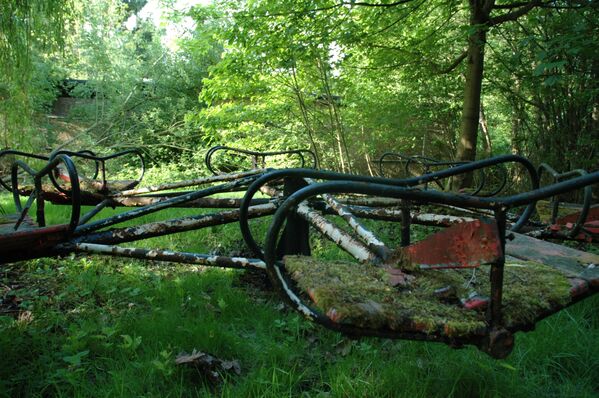
For most people, abandoned amusement parks are not at all amusing to be in, rather outright creepy. As a number of new and modern amusement parks have been recently opened, older ones have been shut down, unable to compete. Most of them have been destroyed by real estate developments, but others remain. Some of these classics are more amusing in their decay than they ever were while in operation.
Above: Carousel in an adandoned amusement park.
Above: Carousel in an adandoned amusement park.
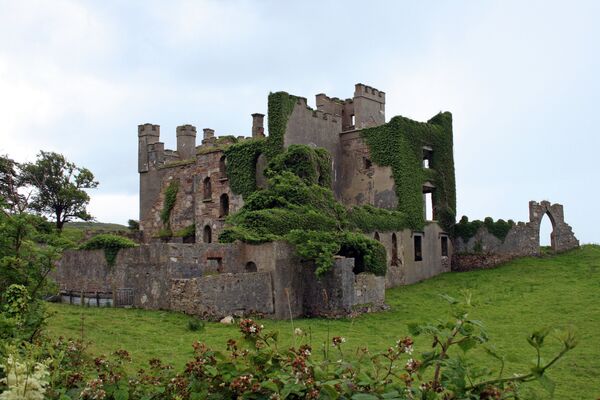
John D'Arcy built the castle for himself and his family between 1812 and 1815, but it was abandoned shortly after his death and most importantly when the Irish famine had struck.
Above: Clifden Castle is now a ruined manor house near Galway, Ireland.
Above: Clifden Castle is now a ruined manor house near Galway, Ireland.
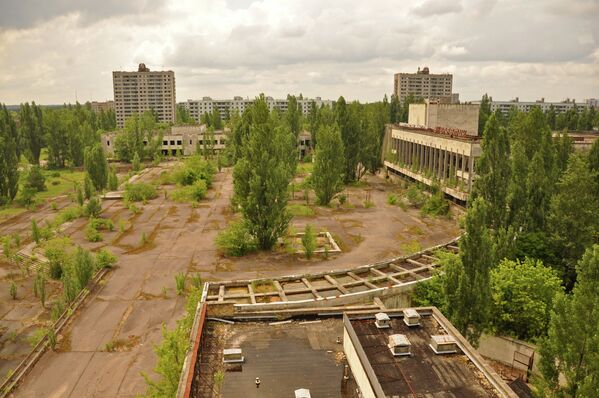
After the catastrophe in Chernobyl, 50,000 residents of the town of Pripyat – now a ghost town – were quickly evacuated. Almost 30 years later, the city stands untouched from the day everyone abandoned it.
Above: A view from abandoned hotel in Pripyat.
Above: A view from abandoned hotel in Pripyat.

